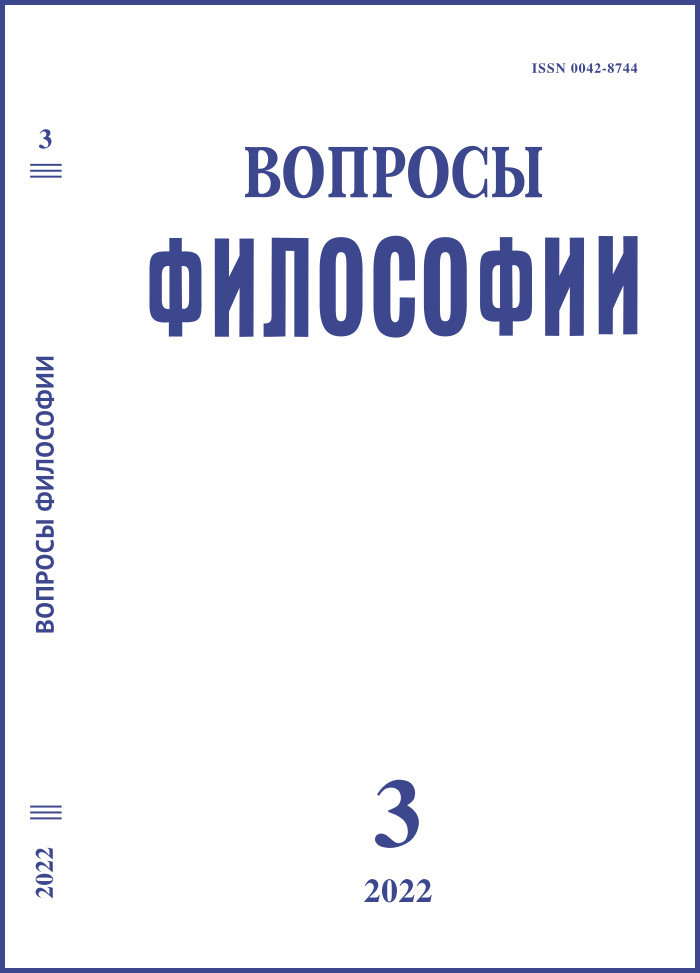AI for Science and Science for AI
DOI:
https://doi.org/10.21146/0042-8744-2022-3-93-105Keywords:
artificial intelligence, neuroscience, mathematics, physics.Abstract
In 2016, Hiroaki Kitano proposed that artificial intelligence (AI) will be able to overcome a number of human cognitive limitations that slow down the process of scientific discovery [Kitano 2016 web]. Since then, the odds of AI being awarded the Nobel Prize have been widely discussed, particularly within academic community [Engineering for Research Symposium web 2020]. At the AI Journey 2021 conference, some renowned representatives of four scientific disciplines (physics, mathematics, neurobiology, philosophy) discussed this issue and then co-authored this article [AI 2021 web]. In the first part of our paper, we critically analyze the role of AI technologies in natural science research: how useful they can be for fundamental science, what the potential of AI in natural and exact sciences is, and what principal limitations it has. Another part of our article discusses a counter-question of what science can do for the future research into AI. Today, it is impossible to imagine machine learning without linear algebra, physics of materials, and brain research. All this falls under what is now commonly referred to as AI, a general umbrella term [Russel, Norvig 2021]. Thus, having served the birth of AI once, how can physics, mathematics, and neuroscience serve it today?
Downloads
Published
Versions
- 2025-02-06 (2)
- 2022-03-31 (1)

